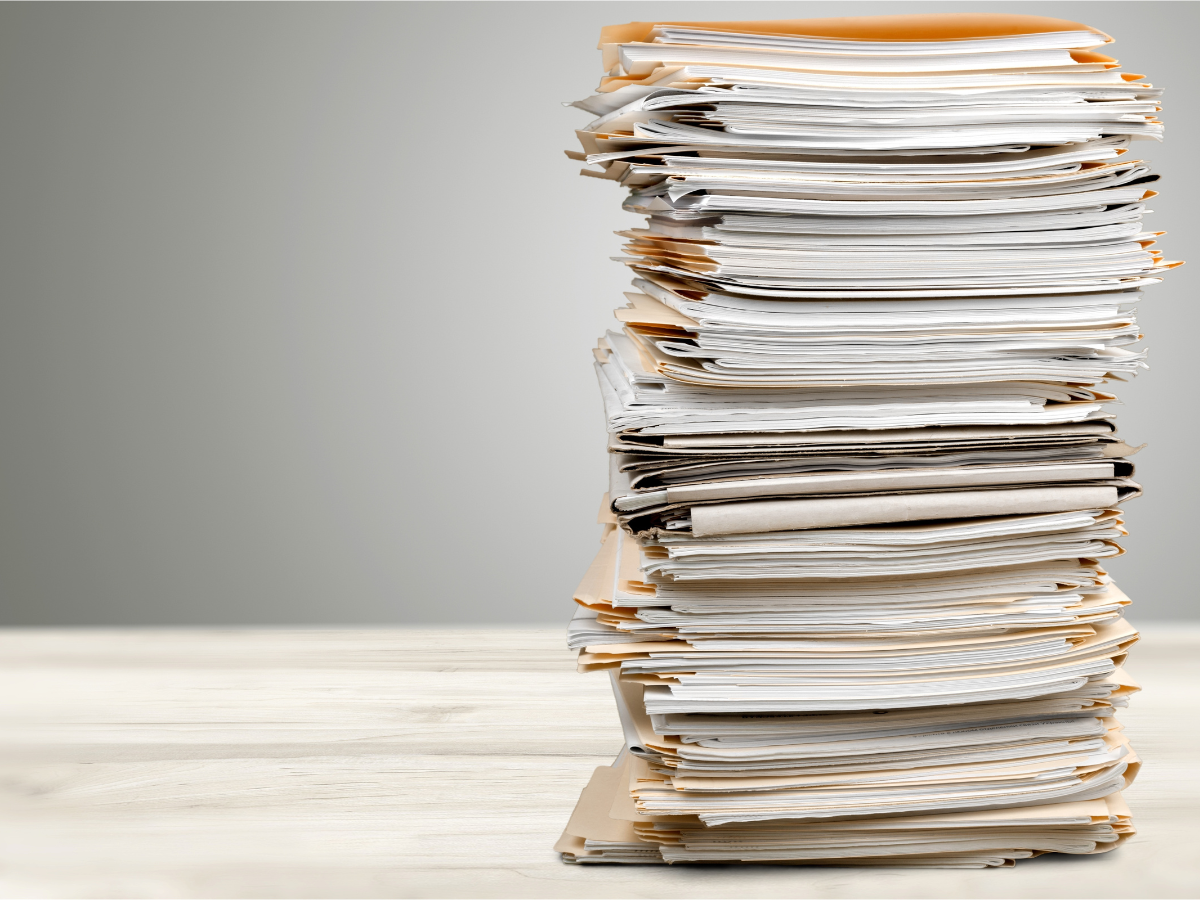Some parts of owning your own business are fun, some are not. Cleaning may be one of those things that fall into the ‘no fun’ category but they are vital to your business. Germs are everywhere – and not just the cooties that your students may claim their peers have. We’re talking about serious germs here that can be dangerous for the health of your students.
At the Wings Center, Amber Uriarte (Marketing Manager) put together a strict set of guidelines for cleaning. Putting a list of procedures together has really helped keep all of our employees on the same page. Everybody can reference this list and know how to clean and disinfect.
There are a lot of resources out there for information about cleaning. I have gone to several including the U.S. Environmental Protection Agency and U.S. Department of Health and Human Services to put together the Wings Center Facility Cleaning Standards and Procedures.
For starters, knowing the difference between sanitizing and disinfecting is huge. Sometimes these terms are used as if they mean the same thing, but they are not the same.
Sanitizer is a product that reduces germs on inanimate surfaces to levels considered safe by public health codes or regulations. A sanitizer may be appropriate to use on food contact surfaces (dishes, utensils, cutting boards, high chair trays), toys that children may place in their mouths, and pacifiers.Disinfectant is a product that destroys or inactivates germs on an inanimate object. A disinfectant may be appropriate to use on non-porous surfaces such as diaper change tables, counter tops, door and cabinet handles, and toilets and other bathroom surfaces.
Now, when you’re disinfecting you must provide the proper tools for your employees.
The key is to clean effectively, disinfectant where required and sanitize where required. You can’t do all
effectively for every square inch of a facility so you need to clean as per traffic and contact patterns.
Use color-coded (see code references above) microfiber cloths in restrooms, counters, windows and a
variety of other places.
If you use microfiber on a surface, it gets about 98 percent of the bacteria. Knowing the proper way to
use microfiber, you will be able to cut down on chemical usage
This next part about caring for our children is very important. At the end of the day, cleaning and disinfecting may be a pain but in the big picture it is protecting the children.
Caring for Our Children: National Health and Safety Performance Standards 444
Treat urine, stool, vomit, blood, and body fluids, except for human milk, as potentially infectious.
Spills of body fluid should be cleaned up and surfaces disinfected immediately.
For small amounts of urine and stool on smooth surfaces,
● wipe off and clean away visible soil with a little detergent solution. Then rinse the surface with
clean water.
● Apply a disinfectant following the manufacturer’s instructions.
For larger spills on floors, or any spills on rugs or carpets:
● Wear disposable gloves while cleaning. Disposable gloves should be used when blood may be
present in the spill;
● Take care to avoid splashing any contaminated material onto the mucous membranes of your
eyes, nose or mouth, or into any open sores you may have;
● Wipe up as much of the visible material as possible with disposable paper towels and carefully
place the soiled paper towels and other soiled disposable material in a leak-proof, plastic bag that
has been securely tied or sealed. Use a wet/dry vacuum on carpets, if such equipment is
available;
● Immediately use a detergent, or a combination detergent/disinfectant to clean the spill area. Then
rinse the area with clean water. Additional cleaning by shampooing or steam cleaning the
contaminated surface may be necessary;
For blood and body fluid spills on carpeting
● Blot to remove body fluids from the fabric as quickly as possible.
● Then disinfect by spot-cleaning with a combination detergent/disinfectant, and shampooing, or
steam-cleaning the contaminated surface.
● If directed by the manufacturer’s instructions, dry the surface.
● Discard disposable gloves.
Mops and other equipment used to clean up body fluids should be:
● Color coded
● Cleaned with detergent and rinsed with water.● Rinsed with a fresh disinfectant solution.
● Wrung as dry as possible.
● Air-dried.
● Wash your hands afterward, even though you wore gloves.
● Remove and bag clothing (yours and those worn by children) soiled by body fluids.
● Put on fresh clothes after washing the soiled skin and hands of everyone involved.
Selecting an Appropriate Sanitizer or Disinfectant
One of the most important steps in reducing the spread of infectious diseases in child care settings is
cleaning, sanitizing, and disinfecting surfaces that could possibly pose a risk to children or staff. Routine
cleaning with detergent and water is the most useful method for removing germs from surfaces in the
childcare setting. However, some items and surfaces require an additional step after cleaning to further
reduce the number of germs on a surface to a level that is unlikely to transmit disease.
Do you have a similar cleaning procedure in place for your gym? Share your comments and experiences below. I’d love to chat with you more.














